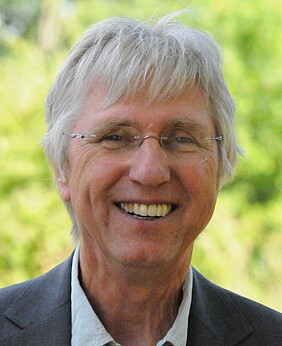will take place on Tuesday, February 12, 2019 from 17:00 to 18:00 hours in CBBM, Ground Floor, Seminar Room B1/B2.
Host: Prof. Dr. Jens Mittag
Molecuclar Endocrinology Group
Department of Internal Medicine I
University of Lübeck
Abstract
Hibernation is the most efficient behaviour to save energy in mammals. Metabolism is reduced to a fraction of the basal metabolic rate, and body temperature approaches ambient temperature. This physiological state is called torpor. During hibernation this torpid state lasts for about ten days and is then terminated by a spontaneous arousal for one day. The entire hibernation season is a sequence of 10-20 such multiday torpor bouts. An alternative strategy is daily torpor where torpor bouts last about 8 hours each day, preferably during the circadian resting phase. In the torpid state the animals remain almost motionless. Metabolic rate of e.g. dormice decreases from 200 mL/h to 10 mL/h, heart rate from 150 bpm to 7 bpm during deep torpor, and ventilation becomes discontinuous with apnoea for up to 50 min. Major metabolic pathways are shut down (glycolysis, transcription, translation, protein turnover, cell cycle). This reduction is not simply a consequence low body temperature but is the result of a controlled downregulation rerouting life into the slow lane.
Torpor occurs always spontaneously. It is unknown which external triggers or which internal signals (endocrine? neural?) initiate entrance into torpor, nor can it be artificially induced by pharmacological treatments. This is one of the big mysteries in physiology.
In recent years more and more species have been discovered which use daily torpor or hibernation. These torpid species are scattered throughout most mammalian orders, suggesting that torpor has evolved prior to the origin of mammals and is a basic trait of mammalian physiology. The recent discovery of daily torpor and hibernation in small primates provoked the speculation that also humans may carry torpor in their genes. However, clear evidence for torpor in adult humans is lacking.
Biosketch
GERHARD HELDMAIER received his doctorate in Zoology and Biochemistry from the University of Tübingen. After several years of postdoctoral work in Giessen, Cambridge and Andechs/Seewiesen (MPI for Behavioural Physiology), he completed his Habilitation in 1975 at the LMU Munich. From 1976 to 1981 he was Professor for Metabolic Physiology at the University of Frankfurt. Since 1982 he was Professor for Animal Physiology at the University of Marburg.
Mammals and birds inhabit the most extreme environments on earth, hot dry deserts, polar ice regions, high altitudes and the deep see. Endothermy is the foundation for this success. Heldmaier has always been fascinated by their ability to control metabolism and to adjust heat production in different environments. Brown adipose tissue, non-shivering thermogenesis and the ability for torpor/hibernation play a key role for acclimation in mammals. They enable mammals to adjust their energy expenses over a wide range in different environments. In recent years Heldmaier's interest focussed on the diversity of torpor, hoping to better understand the machinery of metabolic reduction in torpor.


